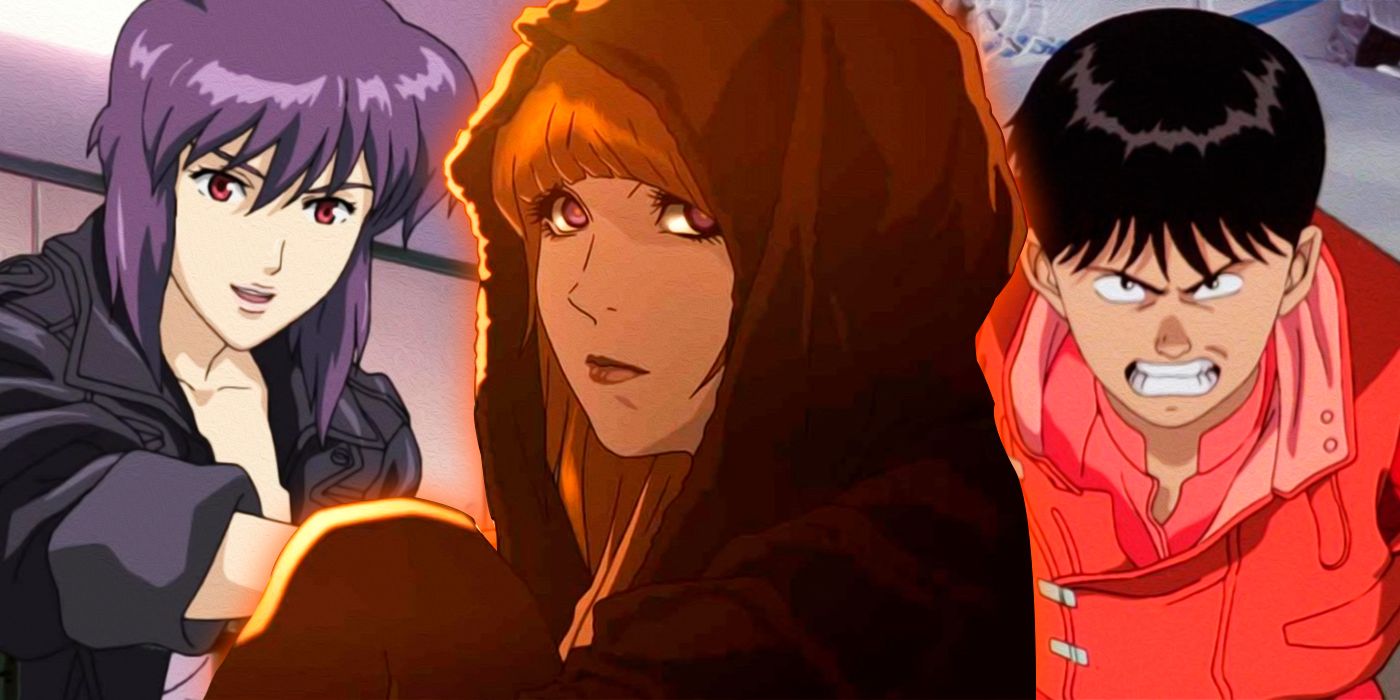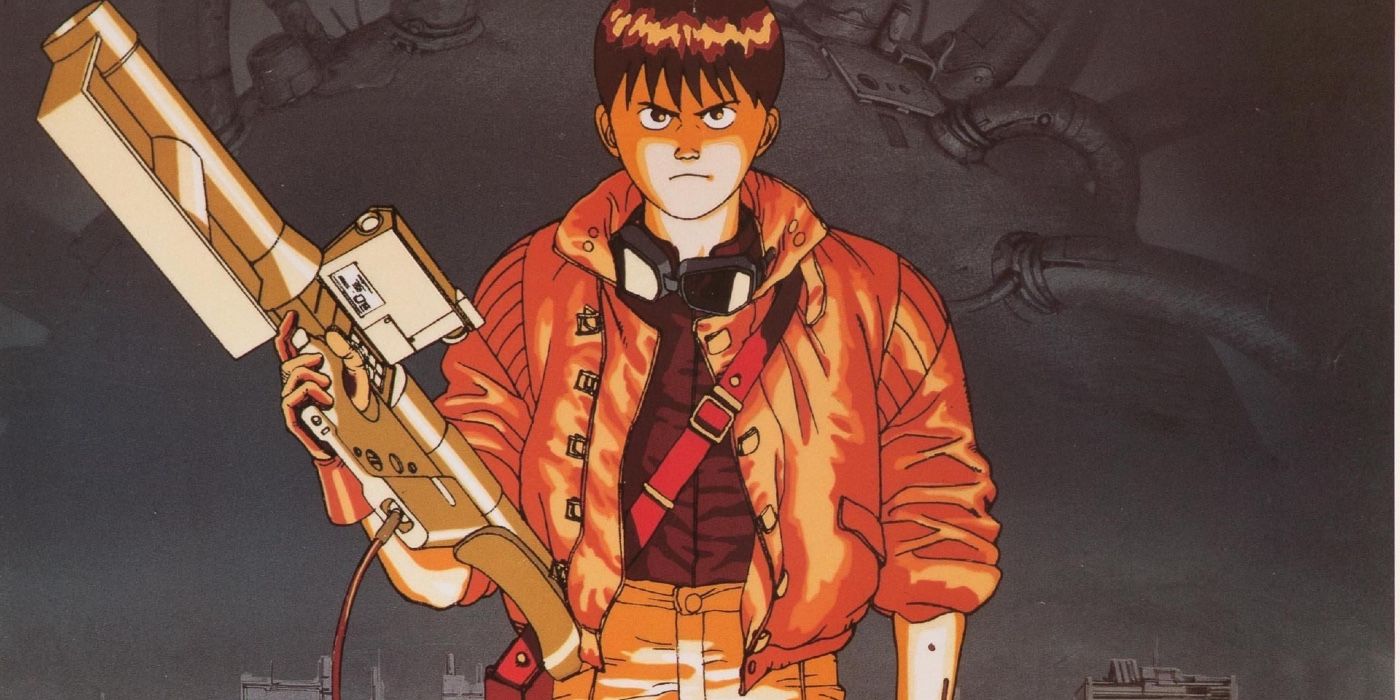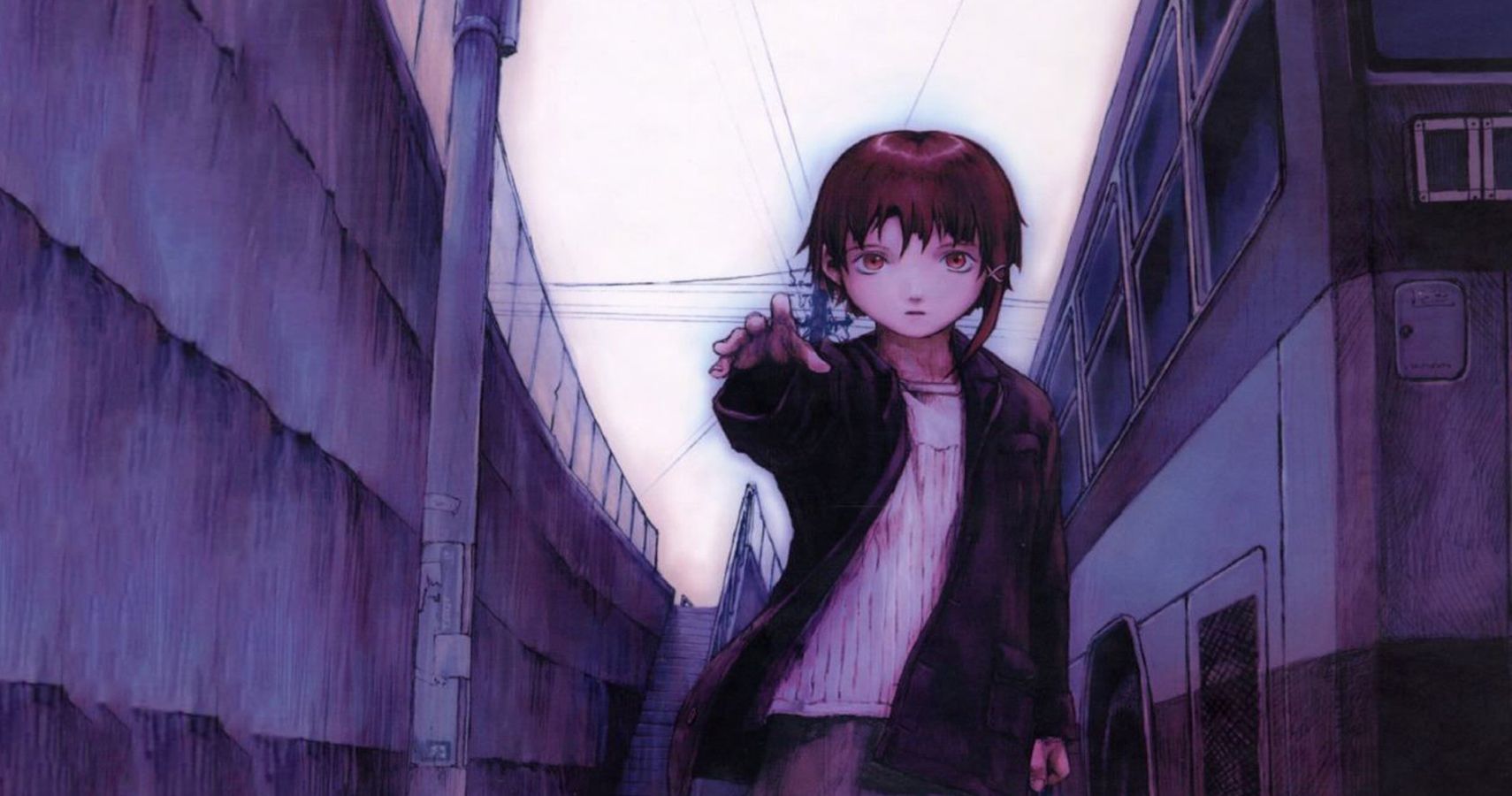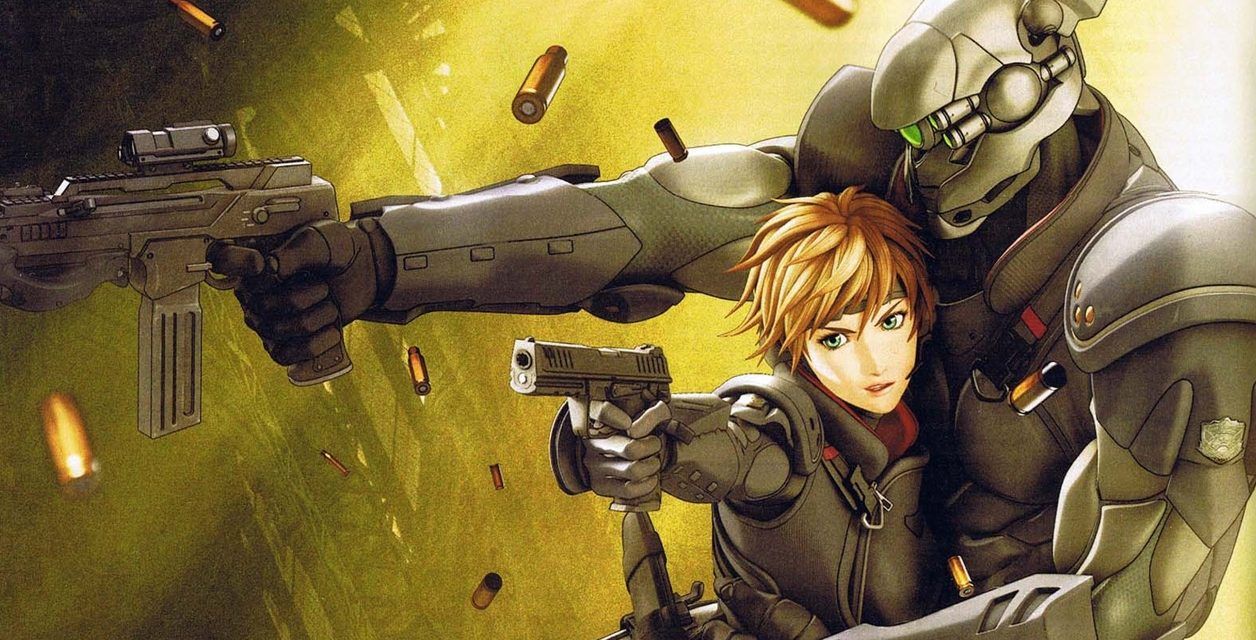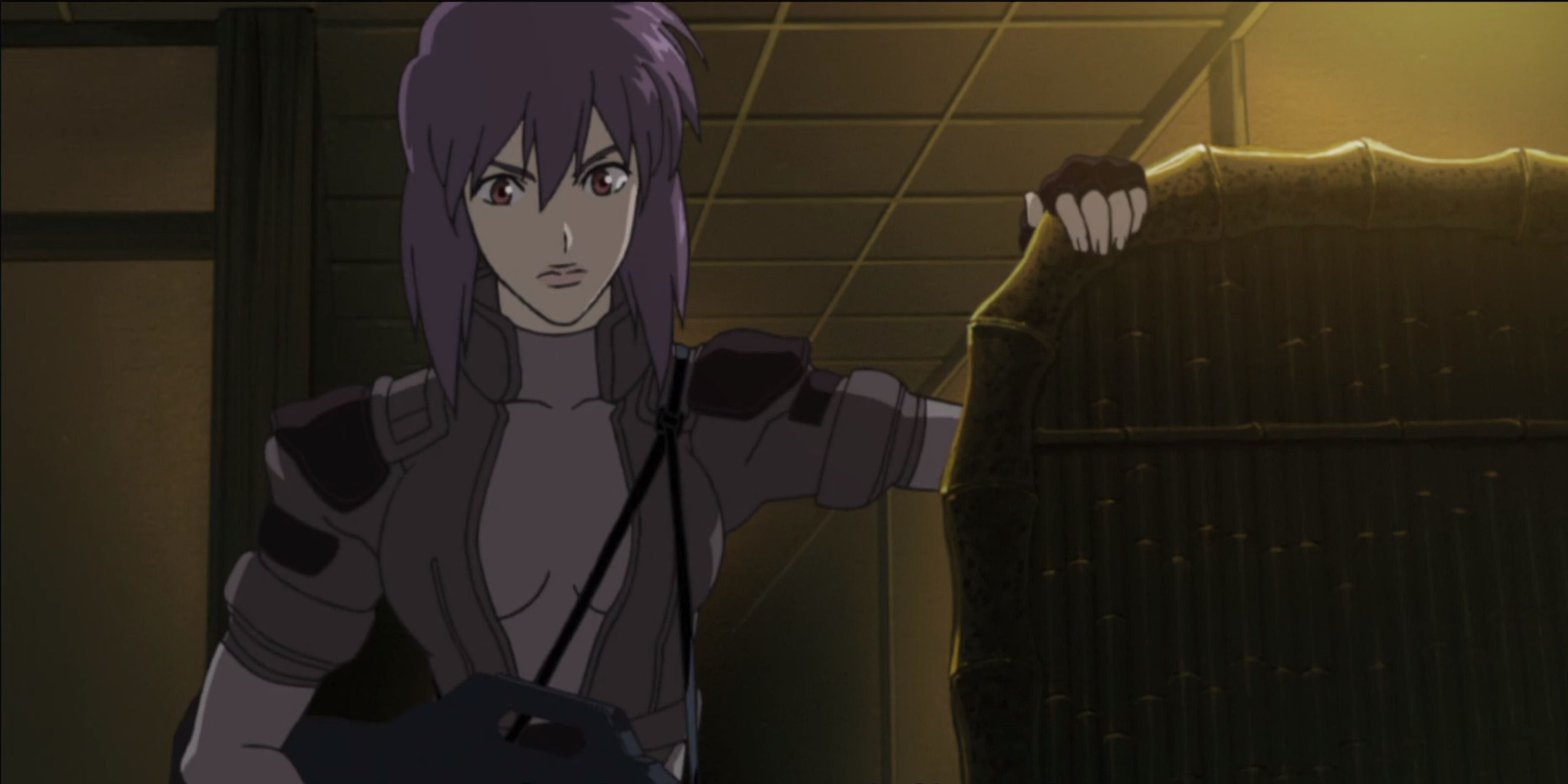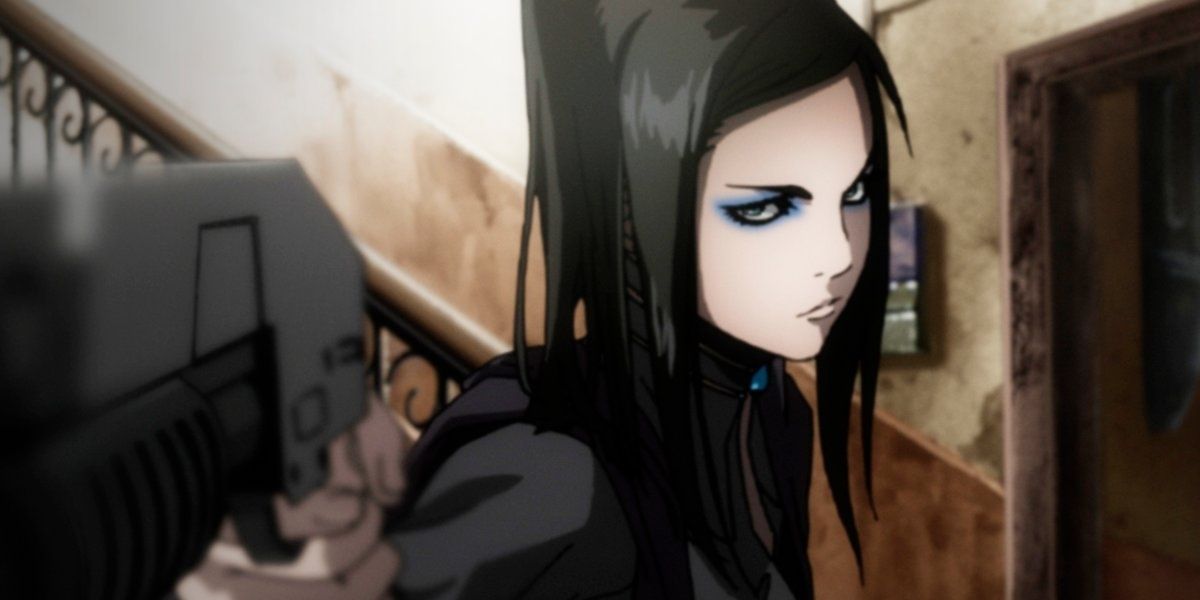Blade Runner: Black Lotus is an upcoming anime continuation of the franchise that's the first name in cyberpunk. Set between the original Blade Runner and Blade Runner 2049, its moody, neon-lit setting will have a female replicant interacting with the series' world and some of its familiar characters. It's not the only animated Blade Runner project, however, and it's definitely one in a long line of cyberpunk anime.
Though shonen and isekai largely dominate the medium now, cyberpunk was the genre of many of the first anime films and shows to gain international prominence in the 1980s and 1990s. With Blade Runner officially a cyberpunk anime, here's a look at some of the best entries in anime that the genre has to offer.
Anime Masterpiece Akira Depicted Tokyo's Dark Future
An absolute masterpiece of Japanese animation, 1988's Akira was a landmark anime. Showcasing the higher quality and production values as well as the darker, more adult themes of anime compared to almost all Western animation at the time, Akira's dystopian tone and post-apocalyptic setting are exemplary examples of the cyberpunk genre.
Set in a dark future version of Japan, Akira takes place after a massive psychic attack from a boy named Akira decimated Tokyo. The plot involves psychic powers, biker gangs and an aberrant, arrogant military intent on controlling paranormal abilities. When combined with the techno lights of the city, it's pretty much the perfect jump into the cyberpunk genre.
Serial Experiments Lain Examined Social Media Before It Properly Existed
The 1998 anime series Serial Experiments Lain was a dark, existential and experimental series that looked at the nature of humanity and what it meant to be truly alive. The series is based around a lonely girl, Lain, who becomes increasingly entrenched in the world of internet equivalent, The Wired. There, she meets a classmate who had supposedly committed suicide not long before and begins to question her reality and what constitutes life.
The series has been compared to the ideas explored in contemporary series Neon Genesis Evangelion, with the focus on the internet, artificial intelligence and social media being extremely prophetic. The series' creators feared that it might be particularly controversial, with its reception being different in the East and West, but it has since turned out to be a revered series in both regions.
Appleseed Ex Machina Mixed Mechs With Politics
Somewhat forgotten in the pantheon of anime films, Appleseed Ex Machina was easily the best adaptation of the manga source material. Released in 2007, it's a sequel to the 2004 CG Appleseed movie, which had come after an unrelated OVA adaptation in the '90s. The plot deals with the futuristic city of Olympus, focusing on SWAT officers Deunan and Briareos, with the latter being a technological Bioroid with antennae on his head. As he recovers from grievous wounds, Deunan tries to tackle the threat of cyborgs and Bioroid aggression against humanity.
The film does a great job of portraying the manga's mix of action, politics, philosophy and mech action, and it's also one of the best examples of CG animation in anime. The serious tone helps give the film a dark, apocalyptic feeling, too, as if humanity is truly on the edge of potential oppression.
Stand Alone Complex Brought Ghost In the Shell To the Small Screen
An entry in the well-known Ghost in the Shell franchise, Stand Alone Complex is a TV series unrelated to the previous movie adaptation or the original manga. Its dark, cyberpunk tone is pulled mostly from the former, however. The setting of Stand Alone Complex, like Blade Runner, is one in which the line between human and machine has become increasingly blurred due to many people becoming cyborgs.
The protagonists work for Public Security Section 9, which deals with terrorist and criminal threats related to cybernetics and technology. Chief among the team is series heroine Major Motoko Kusanagi, who herself has been extensively fitted with cybernetic parts and is now almost completely synthetic. Her artificial nature questions the morality and nature of cybernetics, as does the intellect behind the lovable but potentially dangerous Tachikomas. The tone and sometimes dour setting illustrate exactly what a futuristic cyberized society would become, with the police becoming heavily militarized in response to increasing domestic threats.
Ergo Proxy Is a Modern Philosophical Classic
Ergo Proxy is a modern classic from 2006, created by the now-defunct studio, Manglobe and written by Dai Sato, who also wrote the aforementioned Stand Alone Complex, as well as Cowboy Bebop. The cyberpunk series, like many of its ilk, is set in a future filled with humans and androids. The relative peace between the two species is disrupted when a cyber virus infects the androids, giving them a higher degree of sentience and causing them to question their role in the world. Inspector Re-L Meyer, the granddaughter of the Regent of Romdeau City, is sent to investigate, and in doing so, she learns of the existence of the Proxy species, which are government lab rats.
The series combines questions of morality and humanity with philosophy and Gnosticism, with several of the robotic characters even being named after philosophers. This all helped, along with the increasingly complex drama, character development and slick visuals, to make Ergo Proxy an incredibly well-received, late-night anime.

